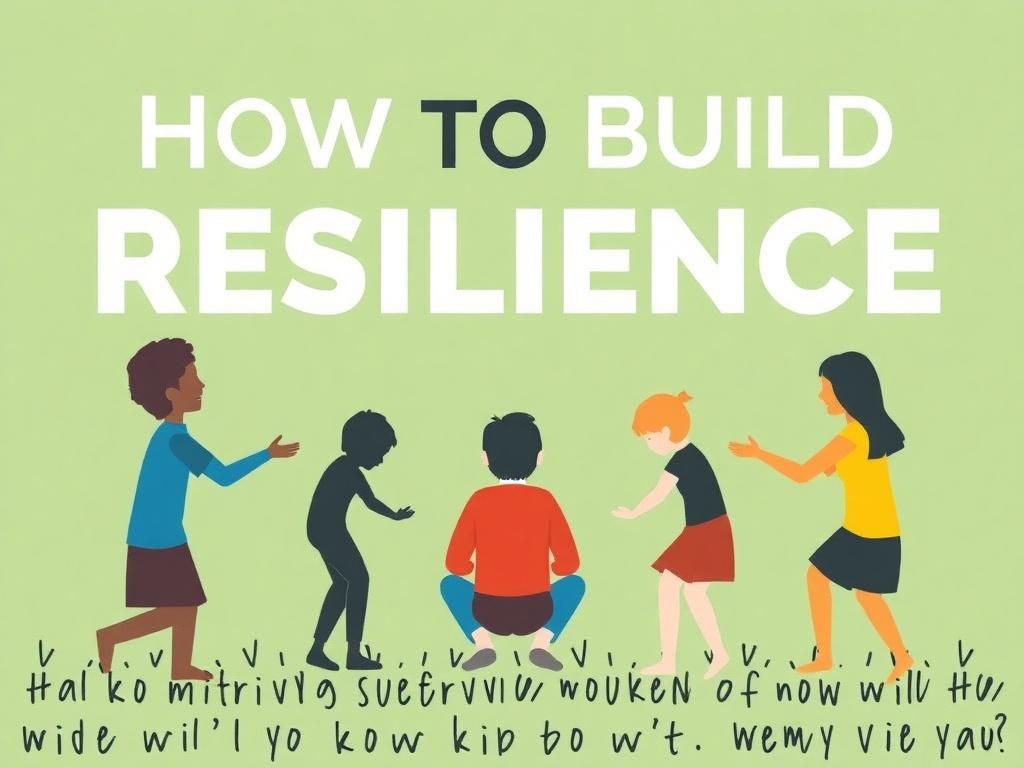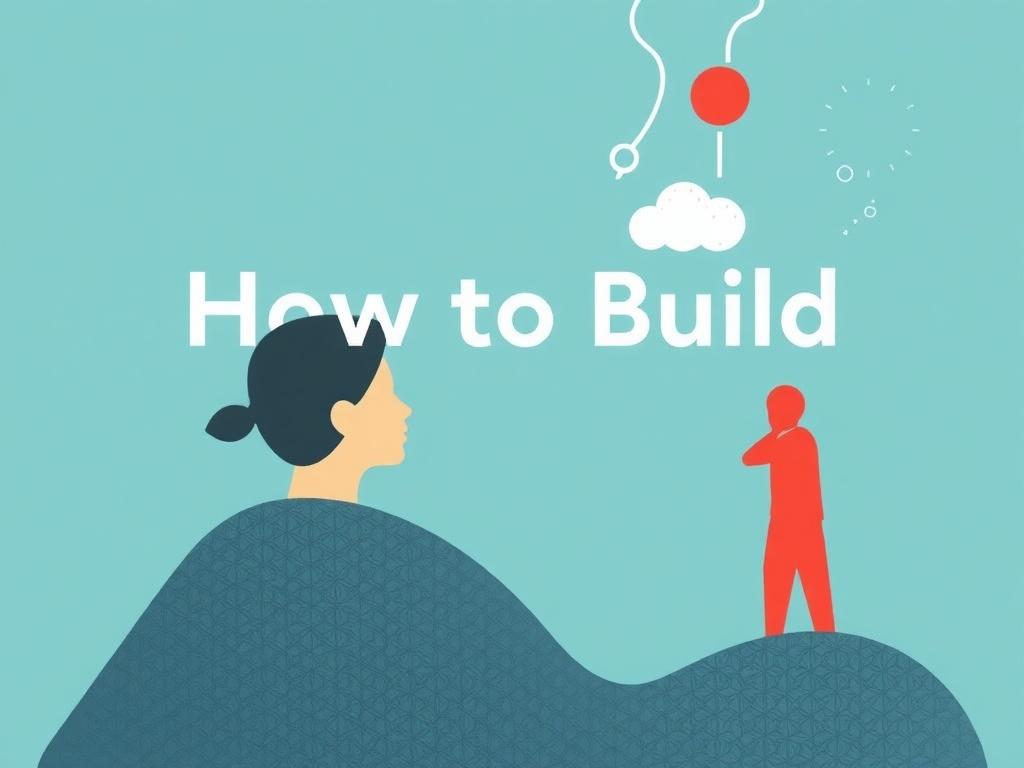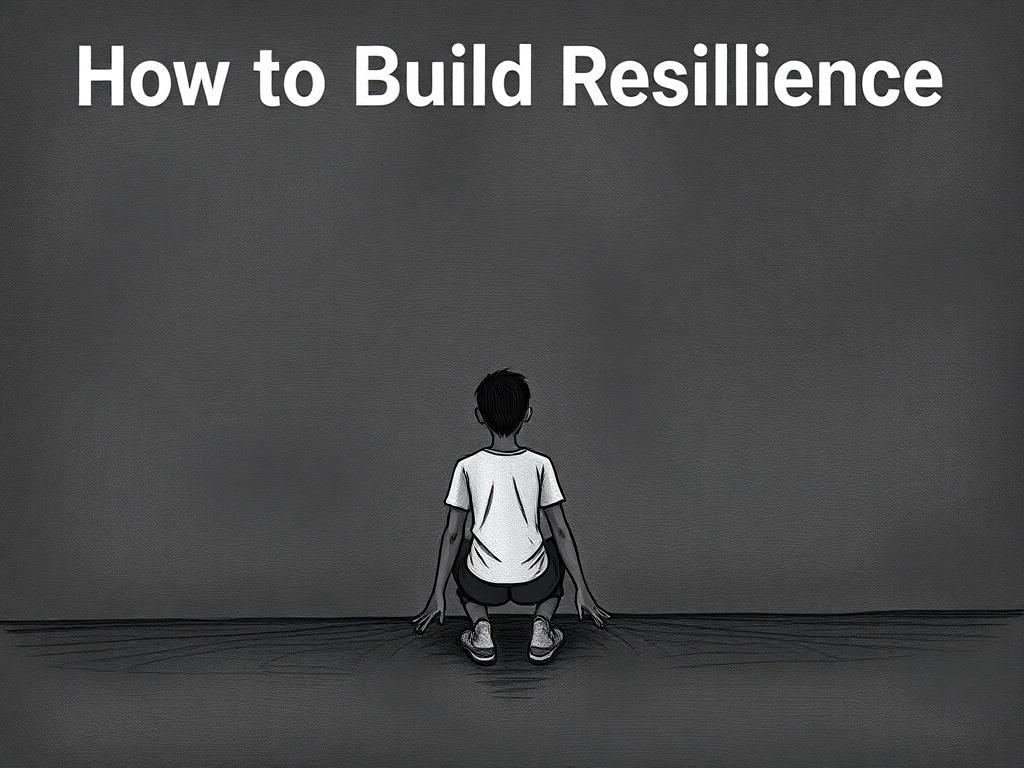Life is full of ups and downs, and everyone faces challenges at different points. But what truly sets people apart is their ability to bounce back from adversity, recover from setbacks, and keep moving forward — this quality is called resilience. Building resilience isn’t about avoiding difficulties or possessing some innate superpower; it’s about learning skills, adopting mindsets, and creating habits that empower you to withstand and grow from hardships. If you want to know how to build resilience, you’re in the right place. In this article, we will explore practical steps, strategies, and insights that will help you strengthen your inner fortitude and face life’s challenges head-on.
What is Resilience and Why Does it Matter?

Resilience is the ability to adapt well in the face of adversity, trauma, tragedy, threats, or significant sources of stress. It’s more than just “toughness.” Think of resilience as mental elasticity — the capacity to absorb shocks while maintaining your core sense of self and purpose. People with high resilience don’t necessarily avoid stress or experience fewer difficulties. Instead, they recover more quickly and often emerge stronger after setbacks.
Why does resilience matter? In our fast-changing world filled with uncertainty, resilience helps us maintain balance. Resilience affects not only how we deal with external pressures but also our emotional well-being, relationships, and even physical health. Studies link higher resilience with better mental health outcomes, reduced anxiety, and improved overall life satisfaction. The good news is that resilience isn’t a fixed trait — it can be cultivated through conscious effort.
Key Components of Resilience

Understanding the building blocks of resilience helps clarify what to focus on as you develop this skill. Here are some key components:
- Emotional Awareness: Recognizing and managing your emotions effectively.
- Optimism: Maintaining a hopeful outlook about the future while realistically acknowledging challenges.
- Self-Efficacy: Believing in your ability to influence events and exert control over your life.
- Social Support: Having strong, nurturing relationships with others.
- Problem-Solving Skills: Approaching challenges with a practical and adaptive mindset.
- Flexibility: Adjusting your perspective and behavior as circumstances change.
Each of these elements serves as a pillar supporting your ability to bounce back from difficult times.
How to Build Resilience: Step-by-Step Strategies
1. Cultivate a Growth Mindset
One of the most powerful ways to build resilience is by developing a growth mindset — a concept popularized by psychologist Carol Dweck. It involves believing that your abilities and intelligence can be developed through effort and learning rather than being fixed traits.
When you adopt this mindset, challenges become opportunities for growth rather than threats. Rather than saying, “I can’t do this,” you think, “I can learn how to do this.” This shift reduces fear of failure and increases persistence, both essential to resilience.
2. Foster Emotional Awareness and Regulation
How you handle your emotions plays a big role in resilience. Instead of ignoring or suppressing feelings like fear, sadness, or anger, learn to acknowledge them with kindness.
Practices like mindfulness meditation, journaling, or simply checking in with yourself during stressful moments can improve emotional awareness. Once you recognize your feelings, you can choose healthy ways to cope, whether it’s talking to a friend, going for a walk, or practicing deep breathing.
3. Build Strong Social Connections
Humans are social creatures, and resilient people often have a reliable support network. Having friends, family, or colleagues you trust provides emotional comfort and practical help during tough times.
Invest time in nurturing existing relationships and seek out new connections through hobbies, volunteering, or community groups. Sharing your experiences with others lessens the feeling of isolation that adversity can bring.
4. Practice Problem-Solving and Goal Setting
Facing problems head-on rather than avoiding them builds confidence and resilience. Break down big challenges into manageable steps and create concrete plans to address them.
Goal setting helps create a sense of purpose and progress, which combats feelings of helplessness. Use SMART goals — Specific, Measurable, Achievable, Relevant, and Time-bound — to keep your efforts focused and achievable.
5. Take Care of Your Physical Health
Physical health is closely connected to mental resilience. Exercise, sleep, nutrition, and relaxation techniques all influence how well you handle stress.
Exercise releases endorphins that boost mood, while sufficient sleep improves cognitive function and emotional regulation. Eating a balanced diet fuels your body and mind, making it easier to stay resilient.
6. Embrace Flexibility and Adaptability
Rigid thinking and resistance to change can increase stress. Instead, practicing flexibility in your thoughts and behaviors helps you find new solutions and adapt to changing situations.
Try seeing setbacks as detours rather than dead ends. When you adapt your approach rather than clinging to one fixed plan, you reduce frustration and increase resilience.
7. Develop a Sense of Purpose and Meaning
People who have a sense of purpose or meaning in life tend to be more resilient. Whether grounded in religion, family, career goals, or personal values, purpose acts as a motivator to overcome adversity.
Reflect on what matters most to you and align your actions accordingly. This alignment helps you stay committed even when times are tough.
8. Learn from Failure and Setbacks
Rather than fearing failure, view it as an opportunity to learn valuable lessons. Resilient people analyze what went wrong, make adjustments, and try again with new knowledge.
This approach helps prevent discouragement and builds your confidence that you can handle future challenges.
Common Myths About Resilience

Before we move on, it’s helpful to debunk some common myths about resilience that can hold people back:
| Myth | Reality |
|---|---|
| Resilience means not feeling stress or pain. | Resilient people do feel pain but know how to manage it effectively. |
| Resilience is an innate trait you either have or don’t. | Resilience can be learned and developed through practice. |
| Being resilient means doing it all alone. | Support from others is a key part of resilience. |
| Resilience means bouncing back quickly without any struggle. | Struggle is part of the process, and healing can take time. |
Practical Activities to Enhance Resilience
Let’s bring these concepts to life with practical activities you can incorporate into your daily routine to build resilience:
- Keep a Resilience Journal: Write about challenges you face and how you respond to them. Reflect on what strategies work and what you could try differently next time.
- Practice Gratitude: List three things each day that you are grateful for. Focusing on positives shifts your mindset from scarcity to abundance.
- Engage in Regular Physical Activity: Aim for at least 30 minutes a day of moderate exercise, such as walking, swimming, or cycling.
- Role Play Tough Conversations: Preparing yourself mentally for difficult interactions builds confidence and reduces anxiety.
- Set Weekly Goals: Create small objectives and track your progress. Celebrate wins, no matter how small.
- Practice Mindfulness: Spend 5-10 minutes daily focusing on breath or guided meditation to build emotional regulation.
The Role of Professional Support
Sometimes, building resilience can feel overwhelming, especially when facing intense or prolonged difficulties. Seeking professional support is a sign of strength, not weakness. Therapists, counselors, and coaches can provide tools tailored to your specific needs. They can help you unpack trauma, identify unhelpful thought patterns, and develop coping strategies in a safe environment.
If you’re wondering how to build resilience after a major loss, illness, or crisis, don’t hesitate to reach out for help. Combining professional guidance with personal effort is often the most powerful path.
How Technology Can Help You Build Resilience
In today’s digital age, there are many tools available to support resilience-building efforts. From apps delivering mindfulness exercises to online communities that provide social support, technology can expand your access to resources.
| Tool | How It Supports Resilience | Example Apps/Platforms |
|---|---|---|
| Mindfulness and Meditation | Improves emotional regulation and reduces stress. | Headspace, Calm, Insight Timer |
| Journaling Apps | Encourages reflection and gratitude practice. | Day One, Journey |
| Online Therapy | Provides professional support conveniently. | BetterHelp, Talkspace |
| Social Support Networks | Connects you with communities facing similar challenges. | Reddit, Facebook Groups, Meetup |
While technology supplements resilience skills, remember that human interaction and real-life experiences still form the foundation.
Measuring Your Growth in Resilience
How do you know if you’re building resilience? Pay attention to changes in how you handle adversity. Are you less overwhelmed by stress? Do you recover more quickly from setbacks? Increased confidence in facing challenges is a good sign.
For a more objective measure, there are resilience scales and questionnaires available online, such as the Connor-Davidson Resilience Scale (CD-RISC), which can provide insights into your current abilities and areas to improve.
Summary: Daily Habits for Lifelong Resilience
Building resilience is a lifelong process that benefits from consistent effort. Here are daily habits that can help you stay strong and flexible:
- Reflect on your experiences and emotions.
- Engage in regular physical activity.
- Maintain strong social connections.
- Set realistic goals and celebrate progress.
- Practice optimism by focusing on what you can control.
- Embrace change as an opportunity to learn.
- Seek support when needed.
Conclusion
Learning how to build resilience is one of the most valuable skills you can develop. It transforms adversity from an insurmountable obstacle into a stepping stone toward growth and self-discovery. By nurturing emotional awareness, fostering strong relationships, practicing adaptability, and taking care of your body and mind, you can develop a resilient spirit that carries you through life’s storms. Remember, resilience doesn’t mean facing challenges alone or without struggle—it means trusting yourself to keep moving forward, learning along the way, and emerging stronger every time. Start today by taking small but meaningful steps toward resilience, and watch how your capacity to handle life’s challenges expands beyond what you thought possible.




















